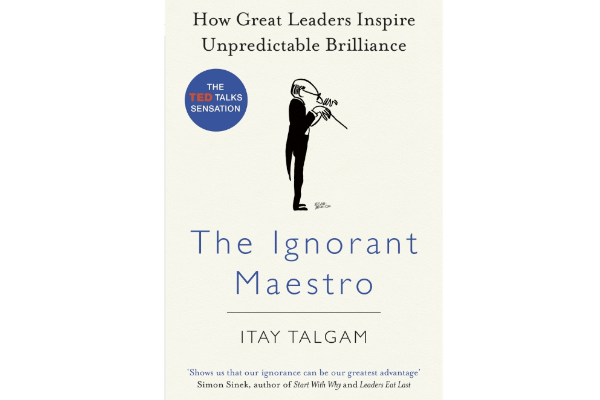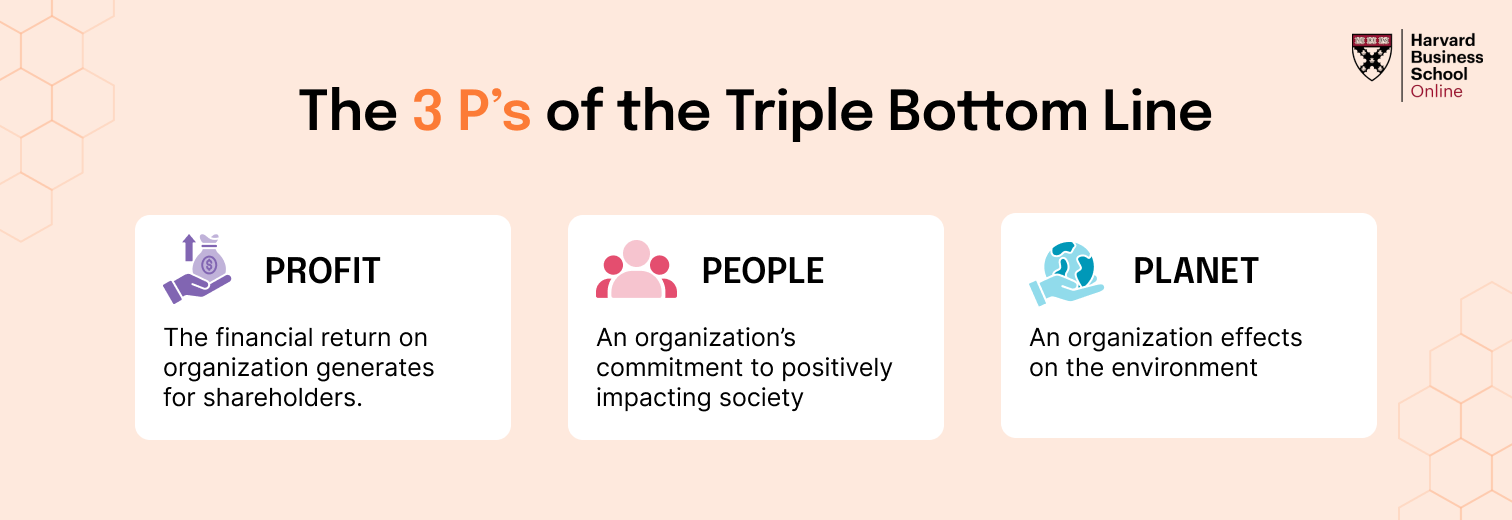Prime Minister Narendra Modi’s journey and personal brand have always fascinated me. Over the past several years, I have keenly observed how Modi’s personal branding techniques have positioned him not just as a political leader but as a highly influential global figure. His leadership style, communication approach, and branding strategies offer lessons far beyond politics. They are highly relevant for anyone looking to build influence, lead effectively, and resonate deeply with their audience.
Today, I want to explore and unpack some of Narendra Modi’s most impactful branding lessons and leadership strategies. Through this blog, I aim to share insights that professionals, managers, and leaders can directly apply in their personal and professional journeys.
Chai Pe Charcha: Mastering Grassroots Connection
Table of Contents
The “Chai Pe Charcha” campaign played a significant role in Modi’s rise to popularity. This campaign, which leveraged satellite, DTH, internet, and mobile technologies, allowed Modi to directly connect with people across India. By using the simple, relatable imagery of sharing tea and conversations, Modi tapped into his own humble beginnings as a tea seller, forging an emotional and personal bond with millions of citizens.
What fascinated me was how genuinely and strategically this campaign connected Modi with the grassroots. It was not just political marketing. It was a masterclass in branding through authentic storytelling. It showed that powerful leaders are not those who stay aloof, but those who actively reach out and engage with people from every walk of life.
Workplace Takeaway:
Leaders and managers who genuinely connect with their teams, who sit down and understand their perspectives, inspire loyalty and engagement. Effective leaders do not distance themselves; they step closer, listen deeply, and communicate with empathy.
Also Read: Why Communication Is An Important Leadership Trait
Abki Baar Modi Sarkaar: The Power of a Memorable Slogan
The slogan “Abki Baar Modi Sarkaar” rapidly became a social media sensation. It was short, rhythmic, memorable, and contained Modi’s name explicitly, further strengthening his personal brand. The creativity this slogan sparked across digital platforms in the form of memes and jokes kept Modi’s image actively trending in daily conversations.
This highlighted for me the power of crafting clear, memorable messaging. Modi’s team strategically selected a slogan that positioned him as an inevitable choice, shaping public perception well before the elections.
Workplace Takeaway:
For effective leadership branding, clarity of messaging matters. Crafting messages that resonate emotionally and remain memorable is crucial. Leaders who communicate clearly and consistently often achieve better engagement and alignment within their teams.
Mitron: Leveraging Language for Personal Branding
Narendra Modi’s use of the word “Mitron” has become legendary. So much so that Delhi bars once humorously offered free beer if Modi used the term in his speeches. This small linguistic choice became a defining characteristic of his brand.
But beyond the humor, what struck me most was Modi’s skillful storytelling ability. During major speeches, such as his famous address during the demonetization drive, Modi consistently used anecdotes and stories to vividly illustrate his points, capturing his audience’s attention effectively.
Workplace Takeaway:
Effective communication is not just about sharing information. It is about storytelling. Leaders who use stories to illustrate their messages not only engage better but also create stronger emotional bonds with their audience.
Also Read: 5 Elements of Storytelling
Leading by Example: Modi’s Gujarat Model
Narendra Modi’s image as an effective leader was built substantially on his track record as Chief Minister of Gujarat. By transforming Gujarat into a prosperous state through robust policies and good governance, Modi established credibility. People trusted him because they saw tangible results from his leadership.
As someone deeply involved in corporate learning and development, I understand the importance of leading by example. Leaders who model the behavior they wish to see in others are significantly more credible and impactful.
Workplace Takeaway:
Leadership is about action more than words. To influence effectively, you must embody the change and behaviors you wish to see in others. Authentic leaders build trust through their actions and results, not mere promises.
Also Read: Helping Employees Find Their True Potential
Make in India: The Power of Belief and Vision
The “Make in India” initiative reflects Modi’s firm belief in India’s potential as a global manufacturing hub. Even though India lagged significantly behind other nations at the time, Modi boldly envisioned India’s potential and invited the world to invest in Indian capabilities.
This campaign resonated deeply with me because it demonstrated the transformative power of belief and clear vision. Leaders who trust their team’s potential and communicate bold, inspiring goals often unlock previously untapped capabilities and energy within their organizations.
Workplace Takeaway:
Belief in your team’s abilities and potential can dramatically influence their performance. Leaders who demonstrate genuine trust and confidence inspire teams to exceed expectations.
Digital Branding and Social Media Presence
Modi’s presence on social media has redefined political communication in India. With millions of followers across platforms like Twitter, Facebook, and Instagram, Modi uses digital media to directly engage citizens, bypass traditional media, and control his narrative.
This direct digital engagement allows Modi to swiftly counter criticism, promote achievements, and stay highly visible. It is a powerful example of strategic branding and direct audience engagement.
Workplace Takeaway:
In today’s digital-first world, leaders must learn how to leverage social media effectively. Engaging directly with your audience, stakeholders, or teams through digital platforms enhances transparency, builds credibility, and strengthens connections.
Consistency and Discipline: The Modi Brand Hallmark
Modi’s disciplined approach toward branding is exemplary. His consistent messaging, punctuality, meticulous public appearances, and attention to detail demonstrate an unwavering commitment to his brand identity.
This consistency resonated deeply with me because it showcased discipline as a cornerstone of effective branding and leadership.
Workplace Takeaway:
Consistency and discipline reinforce your credibility as a leader. When your words, actions, and branding align consistently over time, you build trust and a stronger leadership identity.
Practical Tips to Apply Narendra Modi’s Branding Lessons
Here are some actionable strategies inspired by Modi’s branding approach:
- Build genuine connections: Engage deeply with your audience or teams, taking the time to understand their needs and concerns.
- Communicate clearly and memorably: Use clear, simple messaging that resonates and sticks.
- Use storytelling: Harness the power of storytelling to illustrate your ideas, making them relatable and impactful.
- Lead by example: Model the behaviors you wish others to emulate. Your credibility rests on actions, not mere statements.
- Express clear belief in your people: Trust your team’s potential and communicate bold, empowering visions.
- Master digital engagement: Leverage social media to communicate directly, consistently, and transparently with your stakeholders.
Final Reflections
Narendra Modi’s brand-building journey offers invaluable insights for anyone looking to influence, lead, or inspire. His blend of authenticity, storytelling, consistency, and strategic use of digital tools provides a powerful template for effective branding and leadership communication.
Whether you lead a team, manage projects, or are looking to enhance your personal brand, applying these lessons can greatly increase your effectiveness, influence, and credibility.
I hope this exploration of Modi’s branding approach inspires you to reflect on your own leadership style and communication strategies. How can you build deeper connections? What consistent behaviors can reinforce your credibility? How might you leverage storytelling more effectively?
If you have other insights or experiences related to personal branding and effective communication, please share them in the comments. I would love to hear your perspectives!
Till next time, happy influencing and impactful leadership!










